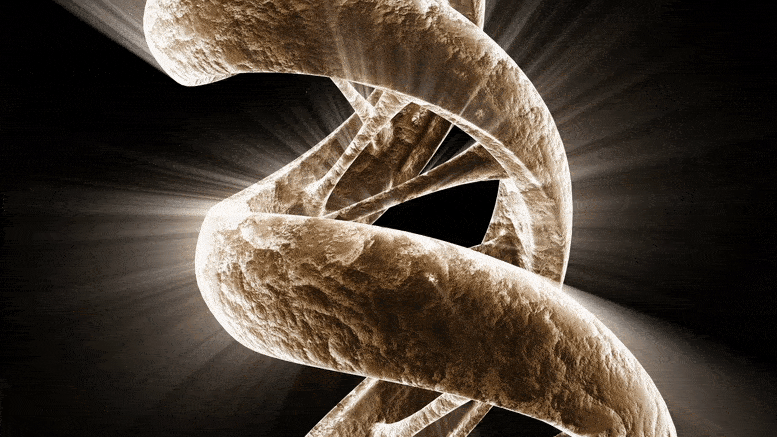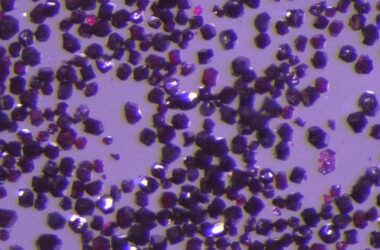
Selon les experts de l’Université d’Otago, la distribution du moa a changé au fur et à mesure que l’environnement se réchauffait et se refroidissait.
L’ADN ancien offre un regard unique sur le moa et le changement climatique.
Le changement climatique désigne les modifications à long terme de la température et des conditions météorologiques. Ces changements peuvent être naturels, mais il est communément admis que les activités humaines en sont la principale cause.
Le changement climatique n’affecte pas seulement les humains. La faune et les écosystèmes de la planète peuvent également subir des changements majeurs, souvent désastreux. L’augmentation des températures peut provoquer l’effondrement d’écosystèmes fragiles et des extinctions à grande échelle. Cela a conduit de nombreux scientifiques à étudier la manière dont les espèces réagiront au changement climatique.
Selon une étude de l’Université d’Otago, les anciens moas DNA has revealed insights into how species respond to climate change. Researchers from the Department of Zoology discovered that the enormous birds’ distribution changed as the climate warmed and cooled by analyzing ancient DNA from the extinct eastern moa.
According to lead author Dr. Alex Verry, the species was distributed over the eastern and southern South Island during the warmer Holocene era but was limited to the southern South Island at the height of the last Ice Age around 25,000 years ago. In comparison, the heavy-footed moa withdrew to both the southern and northern portions of the South Island, whereas the upland moa occupied four separate regions.
“The eastern moa’s response had consequences for its population size and genetic diversity – the last Ice Age led to a pronounced genetic bottleneck which meant it ended up with lower genetic diversity than other moa living in the same areas,” Dr. Verry says.
The study, published in the journal Biology Letters on May 11th, 2022, is the first time high throughput DNA sequencing, which simultaneously sequences millions of pieces of DNA, has been used to investigate moa at the population level. The findings highlight how past climate change impacted species in different ways and that a “one size fits all” model is not practical.
“It makes us wonder what is going to happen to species as they attempt to adapt to climate change today and into the future? Will they also attempt to move to new areas in order to survive?
“For some species, this will not be possible, some species will run out of space, such as alpine species which will have to move upward but can only go so far until there is no more ‘up’,” he says.
Co-author Dr. Nic Rawlence, Director of Otago’s Palaeogenetics Laboratory, says the research is a rare example of the impacts of past climate change on extinct megafauna from New Zealand. It also demonstrates how fossil remains and museum collections can be used to answer new questions about the past.
“This is really bringing the power of palaeogenomics to New Zealand research questions, whereas previously most research and interest has focused on Eurasian or American species. We are really starting to build capacity for this research in New Zealand,” he says.
This research was funded by the Royal Society of New Zealand Marsden Fund and the University of Otago.
Reference: “Genetic evidence for post-glacial expansion from a southern refugium in the eastern moa (Emeus crassus)” by Alexander J. F. Verry, Kieren J. Mitchell and Nicolas J. Rawlence, 11 May 2022, Biology Letters.
DOI: 10.1098/rsbl.2022.0013


